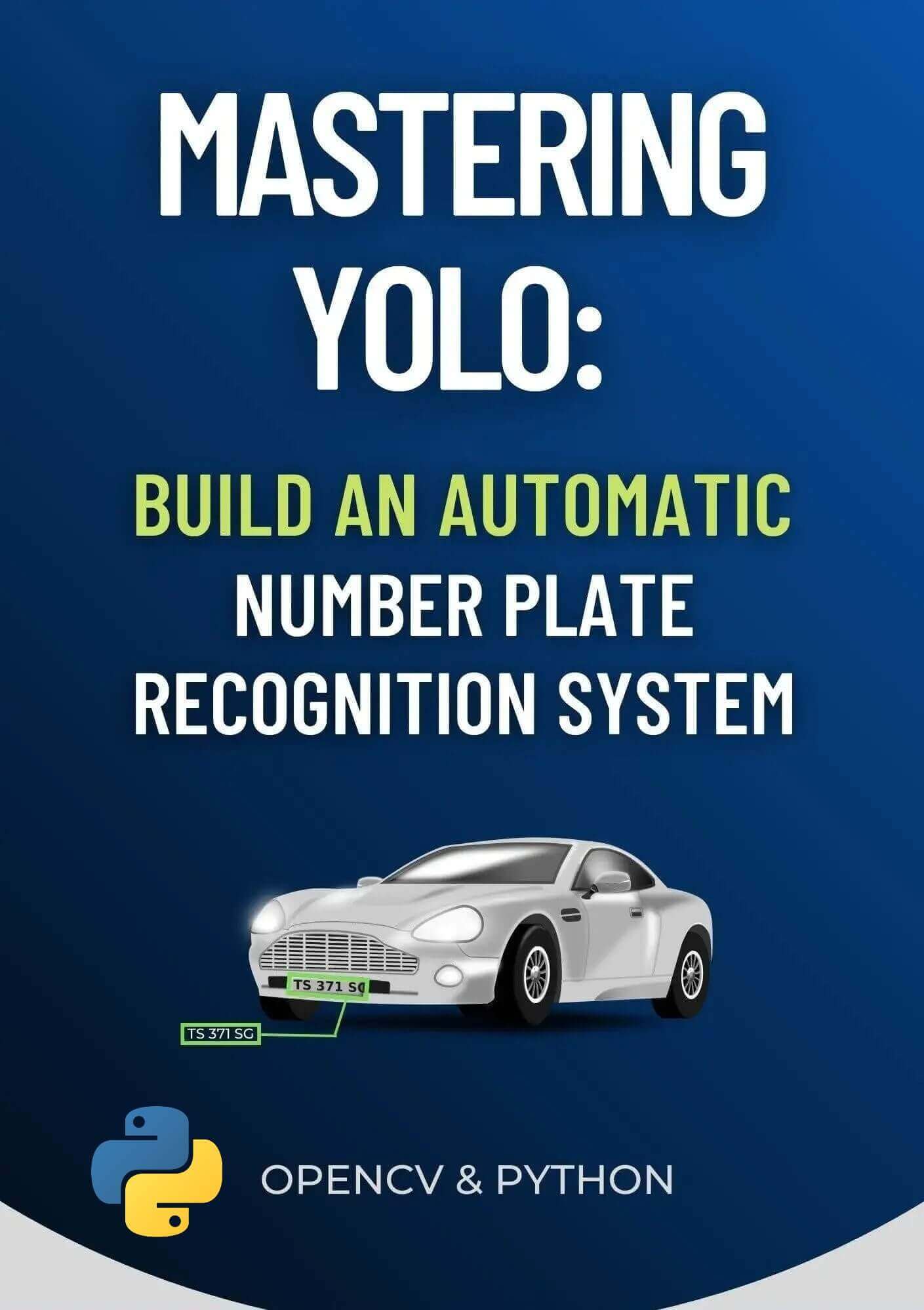Code for How to Blur Faces in Images using OpenCV in Python Tutorial
View on Github
blur_faces.py
import cv2
import numpy as np
# https://raw.githubusercontent.com/opencv/opencv/master/samples/dnn/face_detector/deploy.prototxt
prototxt_path = "weights/deploy.prototxt.txt"
# https://raw.githubusercontent.com/opencv/opencv_3rdparty/dnn_samples_face_detector_20180205_fp16/res10_300x300_ssd_iter_140000_fp16.caffemodel
model_path = "weights/res10_300x300_ssd_iter_140000_fp16.caffemodel"
# load Caffe model
model = cv2.dnn.readNetFromCaffe(prototxt_path, model_path)
# read the desired image
image = cv2.imread("father-and-daughter.jpg")
# get width and height of the image
h, w = image.shape[:2]
# gaussian blur kernel size depends on width and height of original image
kernel_width = (w // 7) | 1
kernel_height = (h // 7) | 1
# preprocess the image: resize and performs mean subtraction
blob = cv2.dnn.blobFromImage(image, 1.0, (300, 300), (104.0, 177.0, 123.0))
# set the image into the input of the neural network
model.setInput(blob)
# perform inference and get the result
output = np.squeeze(model.forward())
for i in range(0, output.shape[0]):
confidence = output[i, 2]
# get the confidence
# if confidence is above 40%, then blur the bounding box (face)
if confidence > 0.4:
# get the surrounding box cordinates and upscale them to original image
box = output[i, 3:7] * np.array([w, h, w, h])
# convert to integers
start_x, start_y, end_x, end_y = box.astype(np.int)
# get the face image
face = image[start_y: end_y, start_x: end_x]
# apply gaussian blur to this face
face = cv2.GaussianBlur(face, (kernel_width, kernel_height), 0)
# put the blurred face into the original image
image[start_y: end_y, start_x: end_x] = face
cv2.imshow("image", image)
cv2.waitKey(0)
cv2.imwrite("image_blurred.jpg", image)blur_faces_live.py
import cv2
import numpy as np
import time
# https://raw.githubusercontent.com/opencv/opencv/master/samples/dnn/face_detector/deploy.prototxt
prototxt_path = "weights/deploy.prototxt.txt"
# https://raw.githubusercontent.com/opencv/opencv_3rdparty/dnn_samples_face_detector_20180205_fp16/res10_300x300_ssd_iter_140000_fp16.caffemodel
model_path = "weights/res10_300x300_ssd_iter_140000_fp16.caffemodel"
# load Caffe model
model = cv2.dnn.readNetFromCaffe(prototxt_path, model_path)
cap = cv2.VideoCapture(0)
while True:
start = time.time()
_, image = cap.read()
# get width and height of the image
h, w = image.shape[:2]
kernel_width = (w // 7) | 1
kernel_height = (h // 7) | 1
# preprocess the image: resize and performs mean subtraction
blob = cv2.dnn.blobFromImage(image, 1.0, (300, 300), (104.0, 177.0, 123.0))
# set the image into the input of the neural network
model.setInput(blob)
# perform inference and get the result
output = np.squeeze(model.forward())
for i in range(0, output.shape[0]):
confidence = output[i, 2]
# get the confidence
# if confidence is above 40%, then blur the bounding box (face)
if confidence > 0.4:
# get the surrounding box cordinates and upscale them to original image
box = output[i, 3:7] * np.array([w, h, w, h])
# convert to integers
start_x, start_y, end_x, end_y = box.astype(np.int)
# get the face image
face = image[start_y: end_y, start_x: end_x]
# apply gaussian blur to this face
face = cv2.GaussianBlur(face, (kernel_width, kernel_height), 0)
# put the blurred face into the original image
image[start_y: end_y, start_x: end_x] = face
cv2.imshow("image", image)
if cv2.waitKey(1) == ord("q"):
break
time_elapsed = time.time() - start
fps = 1 / time_elapsed
print("FPS:", fps)
cv2.destroyAllWindows()
cap.release()blur_faces_video.py
import cv2
import numpy as np
import time
import sys
# https://raw.githubusercontent.com/opencv/opencv/master/samples/dnn/face_detector/deploy.prototxt
prototxt_path = "weights/deploy.prototxt.txt"
# https://raw.githubusercontent.com/opencv/opencv_3rdparty/dnn_samples_face_detector_20180205_fp16/res10_300x300_ssd_iter_140000_fp16.caffemodel
model_path = "weights/res10_300x300_ssd_iter_140000_fp16.caffemodel"
# load Caffe model
model = cv2.dnn.readNetFromCaffe(prototxt_path, model_path)
# get video file from command line
video_file = sys.argv[1]
# capture frames from video
cap = cv2.VideoCapture(video_file)
fourcc = cv2.VideoWriter_fourcc(*"XVID")
_, image = cap.read()
print(image.shape)
out = cv2.VideoWriter("output.avi", fourcc, 20.0, (image.shape[1], image.shape[0]))
while True:
start = time.time()
captured, image = cap.read()
# get width and height of the image
if not captured:
break
h, w = image.shape[:2]
kernel_width = (w // 7) | 1
kernel_height = (h // 7) | 1
# preprocess the image: resize and performs mean subtraction
blob = cv2.dnn.blobFromImage(image, 1.0, (300, 300), (104.0, 177.0, 123.0))
# set the image into the input of the neural network
model.setInput(blob)
# perform inference and get the result
output = np.squeeze(model.forward())
for i in range(0, output.shape[0]):
confidence = output[i, 2]
# get the confidence
# if confidence is above 40%, then blur the bounding box (face)
if confidence > 0.4:
# get the surrounding box cordinates and upscale them to original image
box = output[i, 3:7] * np.array([w, h, w, h])
# convert to integers
start_x, start_y, end_x, end_y = box.astype(np.int)
# get the face image
face = image[start_y: end_y, start_x: end_x]
# apply gaussian blur to this face
face = cv2.GaussianBlur(face, (kernel_width, kernel_height), 0)
# put the blurred face into the original image
image[start_y: end_y, start_x: end_x] = face
cv2.imshow("image", image)
if cv2.waitKey(1) == ord("q"):
break
time_elapsed = time.time() - start
fps = 1 / time_elapsed
print("FPS:", fps)
out.write(image)
cv2.destroyAllWindows()
cap.release()
out.release()

